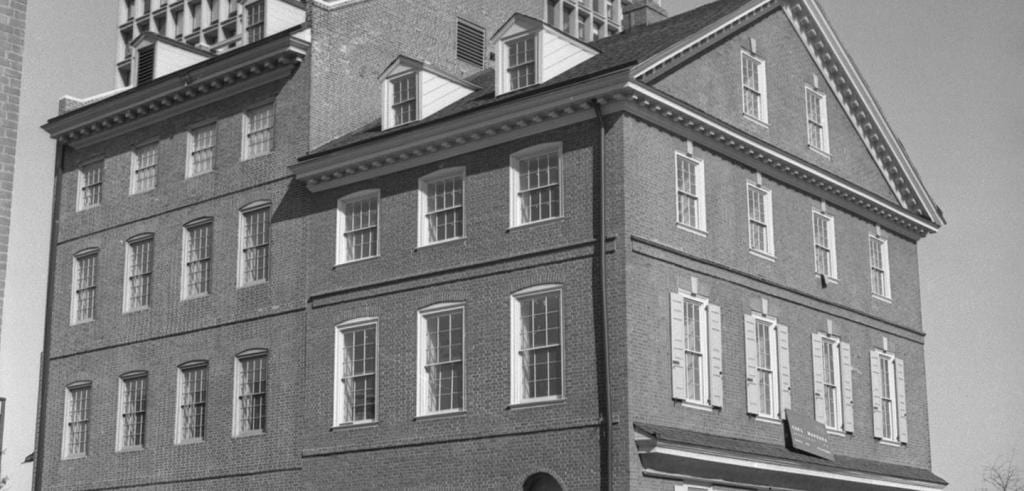
Francesca Russello Ammon is a cultural historian of urban planning and the built environment. Her research focuses on the social, material, and cultural life of North American cities, from World War II to the present. She is particularly interested in the history of urban revitalization; public history as a tool for community-based research and engagement; and the ways that visual culture has shaped understanding of what cities have been, are, and should be. Ammon is the author of Bulldozer: Demolition and Clearance of the Postwar Landscape (Yale University Press, 2016), winner of the 2017 Lewis Mumford Prize for the best book on American city and regional planning history. Her work has also appeared in the Journal of Planning History, Journal of Urban History, Journal of planning Education and Research, Preservation Education and Research, Change over Time, and Technology and Culture.
Prior to joining the University of Pennsylvania’s departments of City and Regional Planning and Historic Preservation, Ammon was a visiting scholar at the American Academy of Arts and Sciences. She earned her Ph.D. in American studies from Yale University, her Master of Environmental Design from Yale School of Architecture, and her B.S.E. in civil engineering from Princeton University. Ammon’s work has received support from institutions including the American Council of Learned Societies, Andrew W. Mellon Foundation, Society of Architectural Historians, Whiting Foundation, and Ambrose Monell Foundation.
Abstract:
While urban renewal took the form of large-scale demolition in most American cities, the policy could incorporate rehabilitation and restoration as well. Philadelphia was at the forefront of such an approach. In its Society Hill neighborhood, planners married relatively selective clearance with the restoration of existing colonial-era houses and the in-fill construction of new, contemporary designs. Despite this distinctive emphasis on preservation, however, renewal still displaced numerous businesses, residents, and uses within this community. Through the landmark case of Society Hill, this talk considers the place of rehabilitation in the urban renewal process, the meaning of historic preservation at this formative moment in the professionalization of the field, and the role of history in urban revitalization.